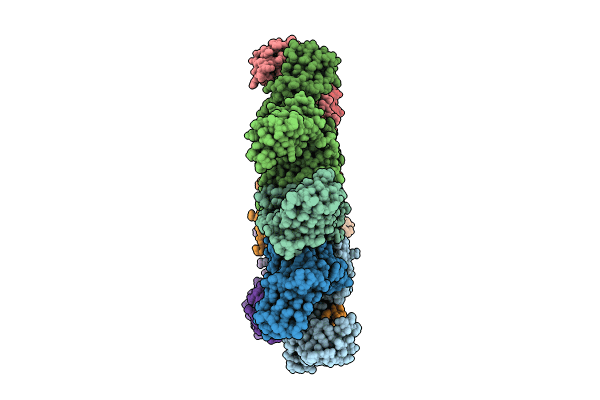
Deposition Date
2023-11-28
Release Date
2024-11-06
Last Version Date
2024-11-27
Method Details:
Experimental Method:
Resolution:
3.57 Å
Aggregation State:
PARTICLE
Reconstruction Method:
SINGLE PARTICLE


